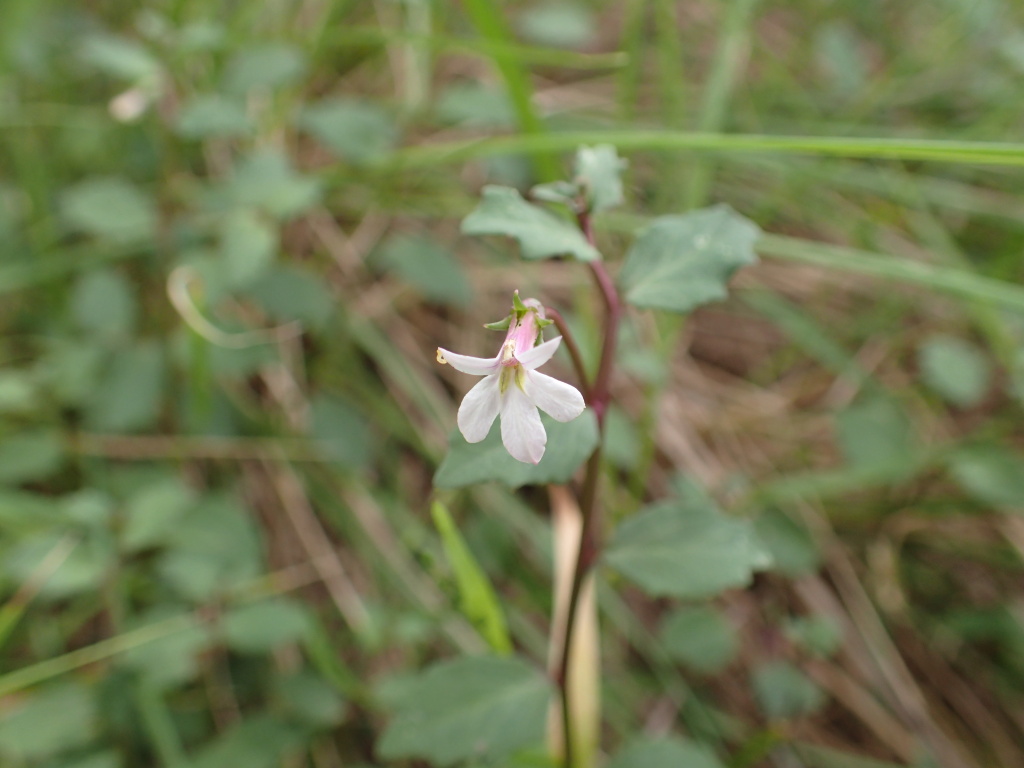Campanulaceae
Annual or perennial herbs, often producing milky sap. Leaves simple, alternate or opposite, sometimes rosetted at base; stipules lacking. Flowers solitary or in cymes, racemes or thyrsoids of varying complexity, bisexual or unisexual, commonly protandrous, epigynous, with the hypanthium sometimes shortly prolonged beyond the ovary; calyx deeply 5-lobed or of 5 apparently free segments; corolla 5-lobed, actinomorphic or zygomorphic, the upper 2 and the lower 3 lobes sometimes forming an upper and lower lip respectively, tube entire or deeply slit on upper side; stamens 5, filaments sometimes adnate to corolla-tube, free or connate distally (and then anthers connate in a tube); pollination complex, the style usually invested with pollen-presenting hairs and elongating after anther dehiscence; ovary inferior (rarely half-inferior), 2–5-locular, usually with numerous axile, anatropous ovules. Fruit commonly a capsule dehiscing by apical valves or slits, occasionally indehiscent; seeds small with a small straight embryo and copious endosperm.
Cosmopolitan family of c. 70 genera and c. 2000 species; c. 7 genera (1 introduced) and 47 species (4 introduced) in Australia.
Many authors (e.g. Lammers 1992) distinguish the Campanulaceae and Lobeliaceae as distinct families but, following Cronquist (1981), the latter is here regarded as a subfamily within Campanulaceae. The Lobelioideae is distinguished in having zygomorphic flowers that are resupinate due to twisting of the pedicels, anthers connate in a tube and staminal filaments usually partly connate, ovary 2-celled, stigma 2-lobed, and pollen grains never spinuliferous.
Albrecht, D.E.; Walsh, N.G. (1999). Campanulaceae. In: Walsh, N.G.; Entwisle, T.J., Flora of Victoria Vol. 4, Cornaceae to Asteraceae, pp. 553–553. Inkata Press, Melbourne.
 Spinning
Spinning


